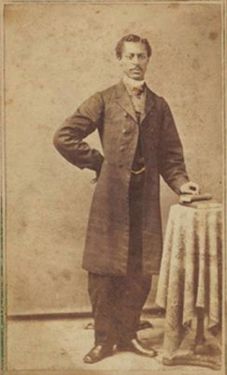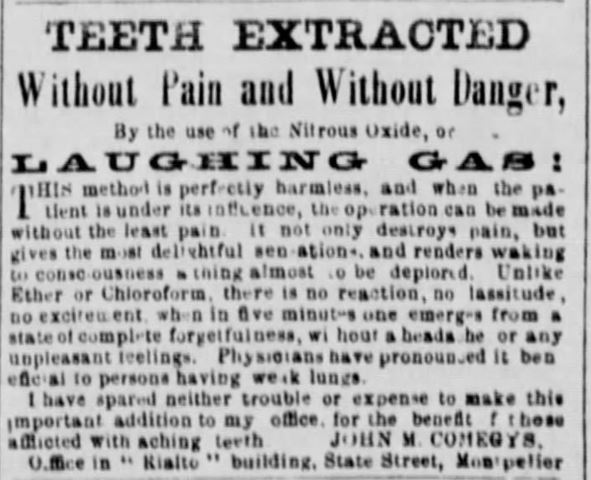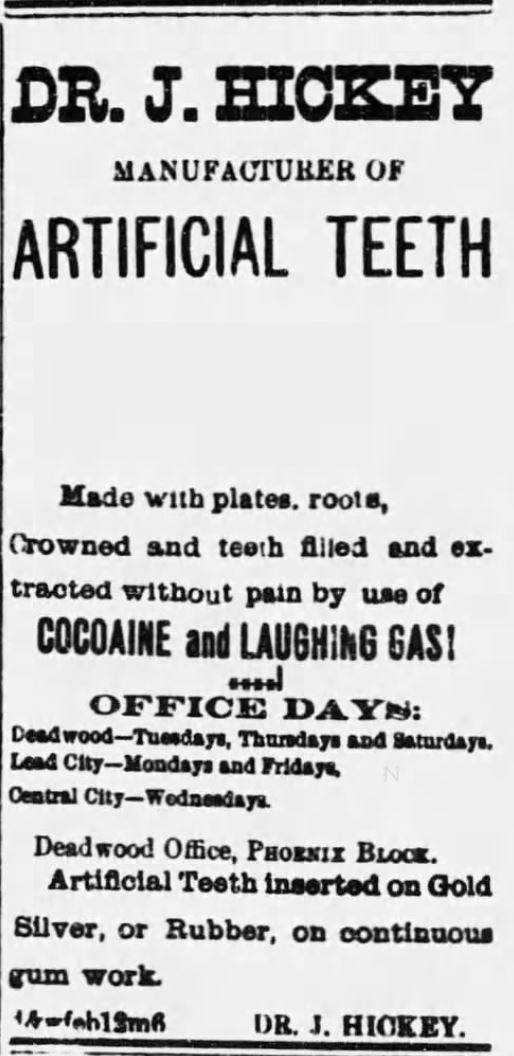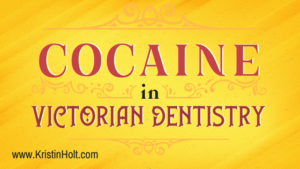Late Victorian Dentistry: Ultra Modern!
Late Victorian Dentistry: Ultra Modern!
.
While researching dentistry during my pre-writing phase of Isabella’s Calico Groom, I discovered dentistry was surprisingly advanced in 1890. Much more so than I’d previously believed. Not only could my dentist hero and dentist heroine both have a DDS degree–they’d have “modern” tools like a power drill! Modern medication advances could truly offer “pain-free extractions.” And WHITE (alloy) fillings (Wow!). And readily provide laughing gas and well-fitting, personalized dentures.
Let’s dive in! I can’t wait to share with you a few simple categories of MODERN DENTISTRY, 1890-style.
.

.
DDS Degree
.

Etching of 19th Century Dental School, showing a female student at work. Image: Courtesy of Pinterest.
.
Ultra Modern Dentistry: In Time for an 1890 Fictional Tale? Absolutely!
.
Pierre Fauchard of France is often referred to as the “father of modern dentistry” for being the first to publish a scientific textbook (1728) on the techniques and practices of dentistry. Over time, trained dentists immigrated from Europe to the Americas to practice dentistry, and by 1760, America had its own native born practicing dentists. Newspapers were used at the time to advertise and promote dental services. In America from 1768-1770 the first application of dentistry to verify forensic cases was being pioneered; this was called forensic dentistry. With the rise of dentists there was also the rise of new methods to improve the quality of dentistry. These new methods included the spinning wheel to rotate a drill and chairs made specifically for dental patients.
.
In the 1840s the world’s first dental school and national dental organization were established. Along with the first dental school came the establishment of the Doctor of Dental Surgery degree, often referred to as a DDS degree. In response to the rise in new dentists as well as dentistry techniques, the first dental practice act was established to regulate dentistry. In the United States, the First Dental Practice Act required dentists to pass each specific states medical board exam in order to practice dentistry in that particular state. However, because the dental act was rarely enforced, some dentists did not obey the act. The American Dental Association was established in 1859 after a meeting with 26 dentists. Around 1867, the first university associated dental school was established, Harvard Dental School.
.
emphasis added
.

.
Yes, Lady Dentists
.

Lucy Hobbs Taylor. First female dentist (with a degree) in the United States. Image: Courtesy of Wikipedia, Public Domain.
.
Lucy Hobbs Taylor was the first woman to earn a dental degree.
.
emphasis added
.
Lucy Hobbs Taylor (March 14, 1833 – October 3, 1910) was a school teacher and a dentist, known for being the first American woman to graduate from dental school (Ohio College of Dental Surgery in 1866). She was originally denied admittance to the Eclectic Medical College in Cincinnati, Ohio due to her gender.
Due to this, a professor in the college agreed to tutor her and encouraged her to practice dentistry. Once again, she applied to a dentistry school, this time Ohio College of Dentistry. Unfortunately, she was once again refused admittance due to her gender.
From there, a college graduate agreed to tutor her, allowing her to continue her studies towards dentistry. In 1861, she decided to open her own practice instead of attempting to get into a college once again. After a year, Lucy Hobbs Taylor moved to Iowa and opened a dentistry practice. This allowed her to be accepted as a dentist without the diploma and become part of the Iowa State Dental Society. Being part of this society meant that she was also serving as the group’s delegate to the American Dental Associate Convention, only 3 years after moving to Iowa.
With great coincidence, that same year (1865) the Ohio College of Dentistry decided to waive the policy prohibiting women being admitted to the institution. Instantly, Taylor enrolled as a senior student thanks to her dentistry experience she had accumulated over the years. She graduated in 1866, becoming the first woman in the world to receive a doctorate in dentistry.
.
~ Wikipedia: Lucy Hobbs Taylor
emphasis added
.

Ida Gray Nelson (1867-1953) was the first African-American woman to earn a DDS degree. She graduated from the University of Michigan Dental School in 1890. Image: Courtesy of Pinterest.
.
And Black Dentists
.
Note: Dr. Robert Tanner Freeman, graduating from Harvard University Dental School, becomes the first African-American to earn a dental degree. (1869)
.
~ The American Dental Association, 19th Century Timeline
emphasis added
.

Robert Tanner Freeman (1846-1873), the first professionally trained black dentist in the United States. Image: Public Domain, courtesy of BlackPast.org.
.
Robert Tanner Freeman is the first professionally trained black dentist in the United States. A child of slaves, he eventually entered Harvard University and graduated only four years after the end of the Civil War on May 18, 1869.
.
… Unfortunately, his death came in 1873, only four years after he received his dental school degree. While working in Washington, D.C., he contracted a water-borne disease…
.
~ Black Past.org: Freeman, Robert Tanner (1846-1873)
emphasis added
.

.
Knowledge (and Patient Education)
.
I’ll cover the new understanding of bacterial causes of bad breath, cavities, and how to avoid them with proper oral care in an upcoming post (three from now): Victorian Mouths ~ Worms or Germs?
.
.
Many readers of fiction assume that oral care in the 19th century was nonexistent, or poor at the very best. I’m sure that some people did ignore their mouths–never brushed, never flossed, and had many missing teeth, or suffered from numerous extractions. Yet the overwhelming quantity of vintage newspaper articles, dental periodicals, and publications of the era illustrate that people did buy mass-produced toothbrushes, toothpaste (yes, in squeezable metal tubes by the 1880s), floss, and dentrifice washes, as well as read about quality care of their teeth in newspapers, and were likewise educated by their dentists.
.

Photograph of Dr. Washington Wentworth Sheffield (November 4, 1897 at age 70). Image: Public Domain, courtesy of Sheffield Pharmaceuticals Private Archives, via Wikipedia.
.
Toothpaste was invented in 1850. The first toothpaste was based on a formulation of powder or pumice. The invention of modern toothpaste is attributed to the American dentist Dr. Washington Wentworth Sheffield, who came up with the patent in 1878. He is also credited with placing it into collapsible tubes. The idea came to him while in France observing the tubes used by Parisian painters.
.
~ Technology in Dentistry, Through the Ages from NYU Dentistry
.

H.N. Wadsworth, First Patented Toothbrush: 1857. US Patent No. 18,653. Image: Courtesy of HubPages, Health (December 14, 2017)–A Brief History of the Toothbrush
.
In 1890, Willoughby Miller, an American dentist in Germany, notes the microbial basis of dental decay in his book Micro-Organisms of the Human Mouth. This generates an unprecedented interest in oral hygiene and starts a world-wide movement to promote regular toothbrushing and flossing.
.
~ The American Dental Association, 19th Century Timeline
emphasis added, link to Willoughby Miller’s Wikipedia page added
.

Dr. Willoughby Dayton Miller. Image: No Restrictions/Public Domain, via Wikipedia.
.

Keeping the Teeth Clean, Part 1. Published in Kansas Farmer of Topeka, Kansas on May 5, 1880.

Keeping the Teeth Clean, Part 2. Published in Kansas Farmer of Topeka, Kansas on May 5, 1880.
.

.
Dental Power Tools
.
In 1871, James B. Morrison patented the first commercially manufactured foot-treadle dental engine (for drilling purposes). Morrison’s inexpensive, mechanized tool supplies dental burs with enough speed to cut enamel and dentin smoothly and quickly, revolutionizing the practice of dentistry. Also in 1871, American George F. Green receives a patent for the first electric dental engine, a self-contained motor and handpiece.
.
paraphrased from The American Dental Association’s 19th Century Dental Timeline
.

Dr. James Morrison’s Dental Drill, 1871. The first electric dental drill was devised and patented by Dr. George Green in Kalamazoo, Missouri in 1875. The drill could reach speeds up to 3,000 rpm but it took 25 to 30 years before dentists made the switch from pedal-driven to electric belt driven drills. Image: Pinterest.
.

Claudius Ash Catalogue entry for Shaw’s dental engine. In the same year, 1871, James Morrison invented a foot-powered pedal or treadle drilling machine. Image: Nature.com.
.

.
Pain-Free Dental Work
.
Ether for Anesthesia!
.
On October 16, 1846, the first public demonstration at Massachusetts General Hospital, dubbed “ether day,” … was a rousing success. It set the stage for painless surgery in the US and around the world.
.
~ Technology in Dentistry, Through the Ages from NYU Dentistry
.
This first advertisement, from 1864, shows that laughing gas had been around for at least 25 years (or so) by the time my dentists used it in Wyoming Territory.
.

“Teeth Extracted Without Pain and Without Danger, by the use of the Nitrous Oxide, or Laughing Gas”. Published in Green-Mountain Freeman of Montpelier, Vermont. May 31, 1864.
.

Two dentists advertised in a Denver, Colorado Cookbook published in 1883. Advertisement touts Nitrous oxide gas for painless extraction of teeth.
.
Nitrous Oxide was known (per dental periodicals) of the day to decrease patient’s anxiety while in the dental chair, and in many cases to anesthetize adequately. Pain management wasn’t completely wrought by laughing gas, but that didn’t stop doctors (apparently) from saying so. At least in the 1883 advertisement (above).
.

Dentistry Advertisement: Dr. J. Hickey extracts teeth without pain by use of cocaine and laughing gas. He works in Deadwood, lead City, and Central City. Advertised in The Daily Deadwood Pioneer-Times of Deadwood, South Dakota. January 7, 1887.
.
I’ll cover cocaine in dentistry at length in my next blog article.
.
.

.
Fillings–amalgam or gold
.

Soft Non-Coheisive Gold Foil Prepared By Claudius Ash & Son. From about 1860. (British) Image: Courtesy of Pinterest.
.

Gold used by Dentists equates to 500K, annually, in the United States. Published in The Times Herald of Port Huron, Michigan. January 5, 1892.
.

Dr. I.S. Waugaman, Dentist, price list includes gold fillings, white alloy fillings, silver filings, amalgam fillings, extracting teeth, and administering gas. Fine gold filling and gold crown work a specialty. Advertised in the Pittsburgh Dispatch of Pittsburgh, Pennsylvania on February 2, 1890.
.
Amalgam was introduced in the United States in 1833, by two Englishmen, the Crawcour brothers. They invented amalgam as a material for tooth restoration. Their intention was met with considerable animosity and professional jealousy from colleagues. Amalgam contained shavings of silver coins, tin, and mercury mixed into a paste. It has been the restoration material of choice for the past 180 years, and only recently has it become displaced by advances in highly fracture resistant aesthetic bonding materials. (Paraphrased from NYU Dentistry: Technology in Dentistry, Through the Ages)
.

.
Artificial Teeth (dentures, bridges, replacements)
.
In 1887 the first dental laboratory was established; dental laborites [sic] are used to create dentures and crowns that are specific to each patient.
.
emphasis added
.

Dental impression tray, France, 1830-1850, bronze. Image: Pinterest.
.

“Broken off teeth built up with gold to natural size and shape.” The Montana Standard of Butte, Montana on October 16, 1879.
.

Vulcanite (rubber) dentures, 1850. Image: Pinterest.
.

.
Over the next three posts, I’ll share much more about dentistry in Isabella’s Calico Groom:
Up Next!
Cocaine in Victorian Dentistry
.
And the post after that…
Victorian Medical and Dental Dispensaries: Really? It’s Free?
.
Meanwhile, a peek into other posts about dentistry in the 19th Century United States:
.
.
Yes, cocaine-containing drops for teething…
.
.
Learn lots more about my Lady Dentist and my three professional women:
.
.

.
Updated February 2021
Copyright © 2018 Kristin Holt LC
Late Victorian Dentistry: Ultra Modern!





















